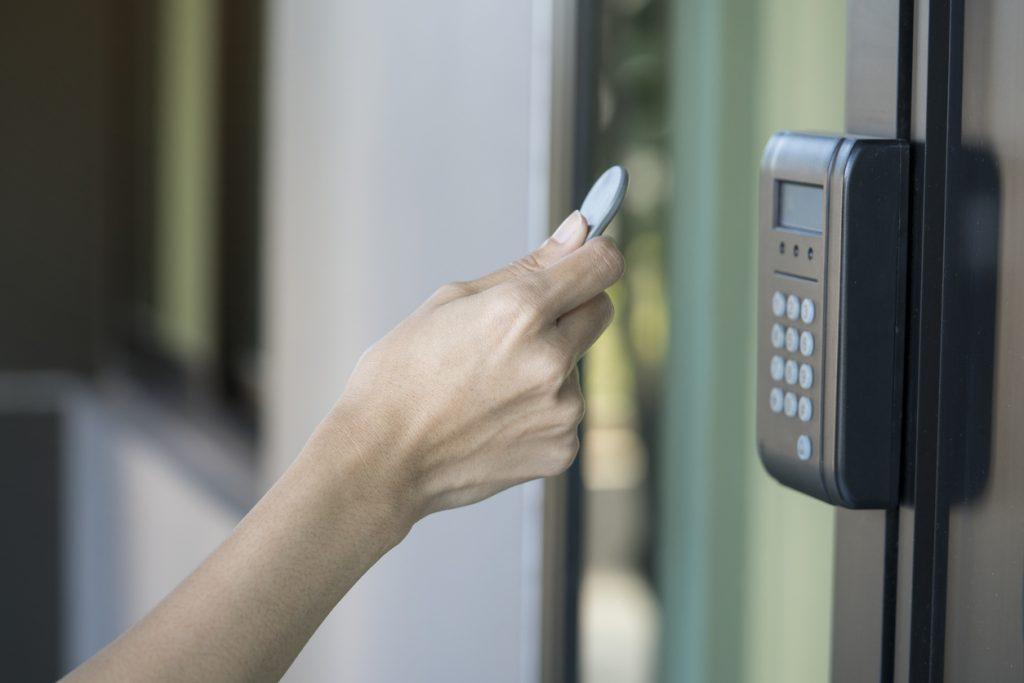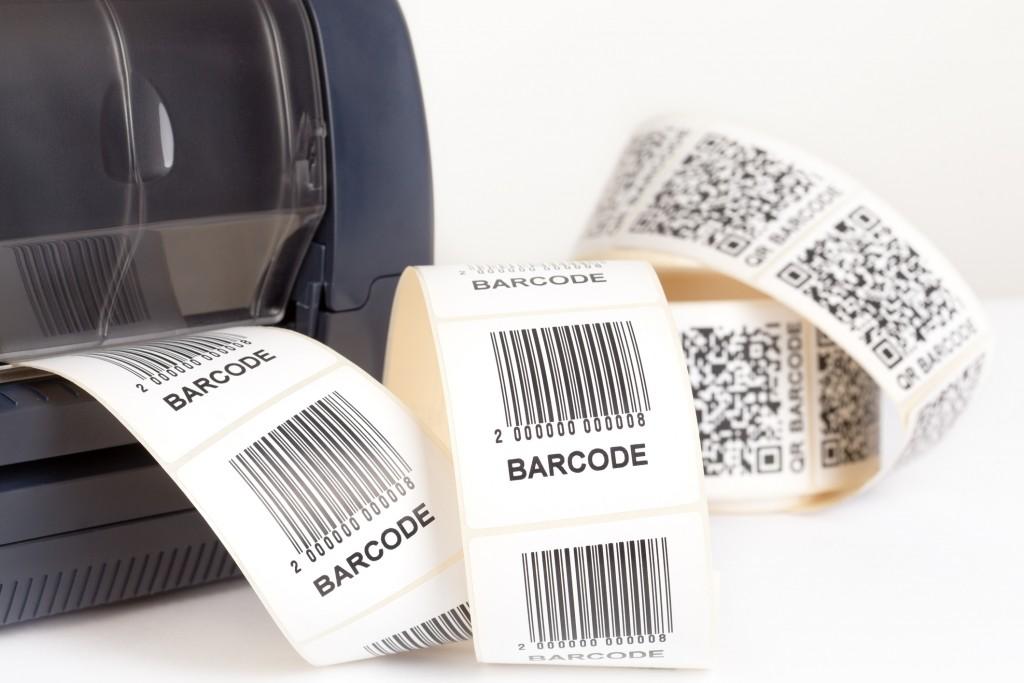The capturing and recording of data is the essence of the Auto-ID industry; from its 1973 introduction of scanning a barcode on a pack of chewing gum to the invention of 2D imagers and later RFID, the industry has continued to evolve at an astounding pace.
The barcoding evolution or rather revolution has been driven by the massive benefits in business efficiency and accuracy that comes from scanning barcodes. For many of us accustomed to barcoding systems it is easy to take the speed and 99.9% scan accuracy rate for granted. But, for a second, just consider businesses attempting to manually count stock or track production in today’s supply chain!

For operation managers and IT leaders, adopting Barcoding for scanning and tracking is a given, however, many – if not all – are faced with the decision of what type of barcoding tracking? The main choice is between barcoding and RFID and for many years barcoding was the only option, however RFID is now a viable alternative. There is much hype about RFID trumping barcodes so let’s get to the facts and consider some of the main points for your investment.

What’s the Difference?
Barcodes have been around since the early 1970’s and what began as a way of helping cashiers in grocery stores process orders has quickly become ubiquitous across a diverse range of industries. From tracking patients in hospitals to processing tickets at events, the application of standard barcodes has grown exponentially. In most of these cases, the barcodes – be it linear (black and white lines) or 2D matrix (geometrical shapes) – require a scanner to be within scanning distance or what is referred to in the industry as “line of sight” to be able to scan the barcode.
The leading difference with RFID (radio frequency identification) is that it does not require “line of sight” this creates new efficiencies and opens up a range of new applications and opportunities for the tracking of items. RFID uses micro circuitry typically imbedded in a label to hold information about items and communicates via radio signals, avoiding those line of sight requirements.
There are two main choices with RFID tracking:
- Active RFID – The active RFID tags use a transponder (microchip with an antenna) to hold identifiable data and then continually communicates to a reader or gateway to read the tag data via radio waves.
- Passive RFID – These tags do not have a transponder and rely on being read by a scanner or gateway. Active RFID tends to be more expensive but both track RFID tags with radio enabling tags to be read from greater distances and to automate the process with multiple tag reading, requiring minimum human interaction.
What’s the Advantages and Disadvantages?
| Barcode Scanning | RFID Reading | |
| Advantages | Smaller & Lighter than RFID | RFID tags can be read from a greater distance |
| Less expensive | No line of sight requirement | |
| No material conflict – use on most surfaces with less interference | Read faster than barcodes and simultaneously | |
| Universal and widely available | RFID tags can be re-written and are re-usable | |
| Accuracy is high | Greater security & encryption | |
| Barcode hardware cheaper | Larger data sets
|
|
| Disadvantages | Require a direct line of sight for scanning | Blocking of the radio signal by water or metal interference. |
| No read/write capability – the printed data is permanent | More expensive | |
| Labour intensive scanning | Reader collision can occur when the tag is scanned by more than one |
We can see from the comparison between barcodes and RFID tags that there are many advantages and disadvantages to consider. RFID may not be suitable for all applications and environments due to costs, signal interference and technical setup. In many cases , the traditional barcode may be the best choice but the labour involved can be much more in the long run.
RFID seems to win out when there is a requirement to track high security items or items where getting close to scanning them can be difficult such as in port containers or dangerous environments. If barcodes will eventually be replaced by RFID remains to be seen, it has not happened yet!
GSM Barcoding have been advising clients on Barcoding and labels for over 40 years. Our team can help you with barcoding and RFID systems, please do not hesitate to contact one of our advisers today for a free initial consultation.


















